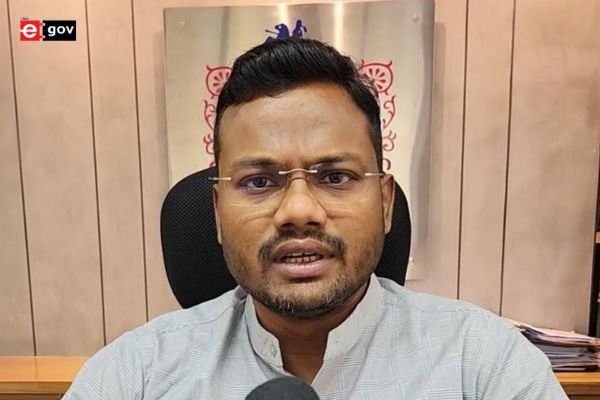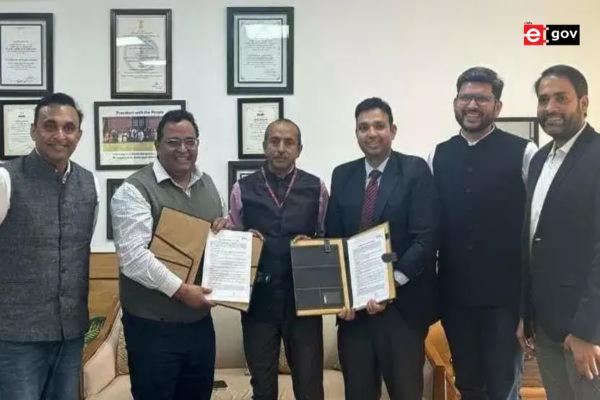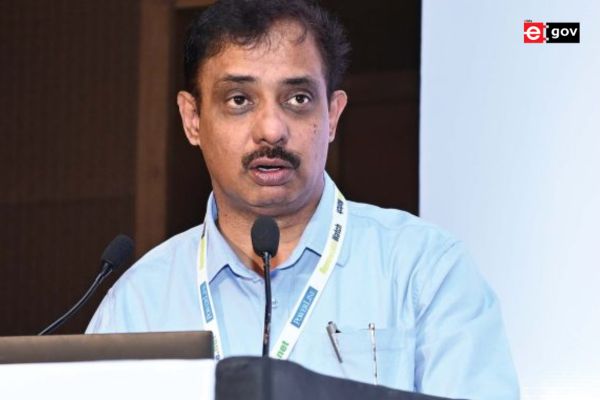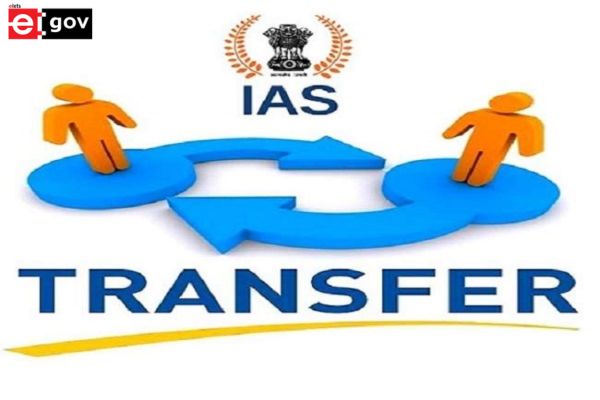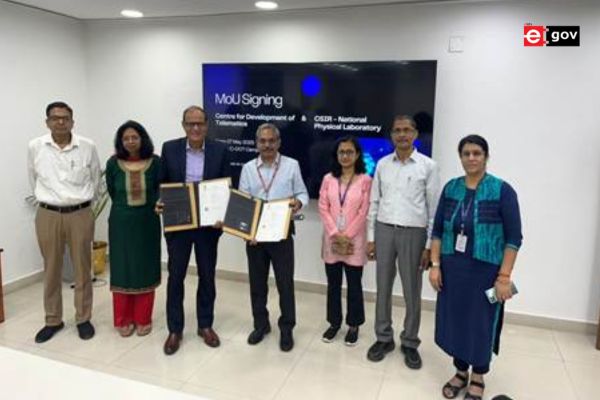
In a recent report released on Monday, NITI Aayog disclosed that an impressive 24.82 crore individuals emerged from multidimensional poverty in the nine-year period leading up to 2022-23. Uttar Pradesh, Bihar, and Madhya Pradesh witnessed the most substantial declines in this regard.
According to the Niti discussion paper, the overall rate of multidimensional poverty in India plummeted from 29.17% in 2013-14 to 11.28% in 2022-23. This positive trend resulted in nearly 24.82 crore people escaping this classification during the specified timeframe. NITI Aayog‘s National Multidimensional Poverty Index (MPI) evaluates deprivations in health, education, and standard of living through 12 sustainable development goals-aligned indicators.
The indicators include nutrition, child and adolescent mortality, maternal health, years of schooling, school attendance, cooking fuel, sanitation, drinking water, electricity, housing, assets, and bank accounts. Uttar Pradesh led the states with 5.94 crore people breaking free from poverty, followed by Bihar at 3.77 crore and Madhya Pradesh at 2.30 crore.
All 12 indicators of the Multidimensional Poverty Index showed notable improvements during this period. NITI Aayog member Ramesh Chand revealed that the 24.82 crore people escaping multidimensional poverty equate to an annual rate of 2.75 crore people. NITI Aayog CEO BVR Subrahmanyam emphasized the government’s commitment to reducing multidimensional poverty to below 1% and highlighted ongoing efforts in that direction.
The report anticipates that India will achieve single-digit poverty levels by 2024, emphasizing an accelerated decline in multidimensional poverty between 2013-14 and 2022-23. The paper attributes this progress to various government initiatives and schemes addressing specific deprivation aspects.
Also Read | “NITI Aayog accelerating India’s transformational drive”
Furthermore, the report suggests that India is on track to achieve Sustainable Development Goals (SDGs) 1.2, aiming to reduce multidimensional poverty by at least half, well ahead of the 2030 deadline. The recent National MPI is based on data from National Family Health Surveys 4 (2015-16) and 5 (2019-21). Due to data gaps for the years between 2005-06 and 2015-16 and post-2019-21, estimates for poverty incidence in 2013-14 and 2022-23 were calculated using compound growth rates.
Be a part of Elets Collaborative Initiatives. Join Us for Upcoming Events and explore business opportunities. Like us on Facebook , connect with us on LinkedIn and follow us on Twitter, Instagram.
"Exciting news! Elets technomedia is now on WhatsApp Channels Subscribe today by clicking the link and stay updated with the latest insights!" Click here!






